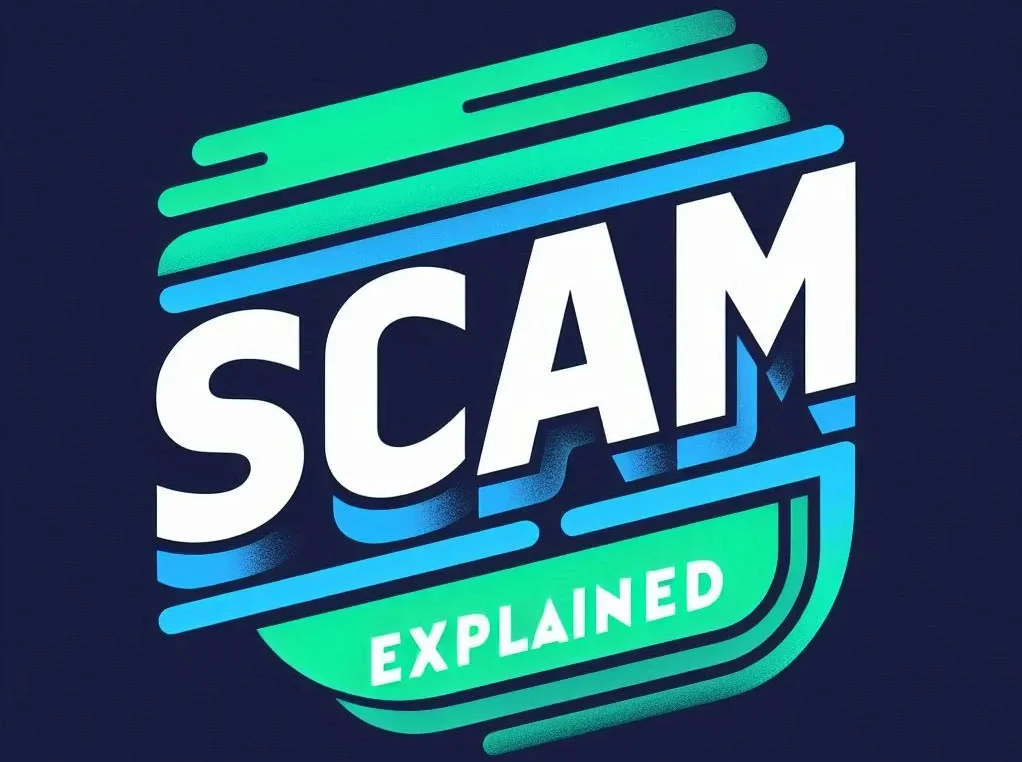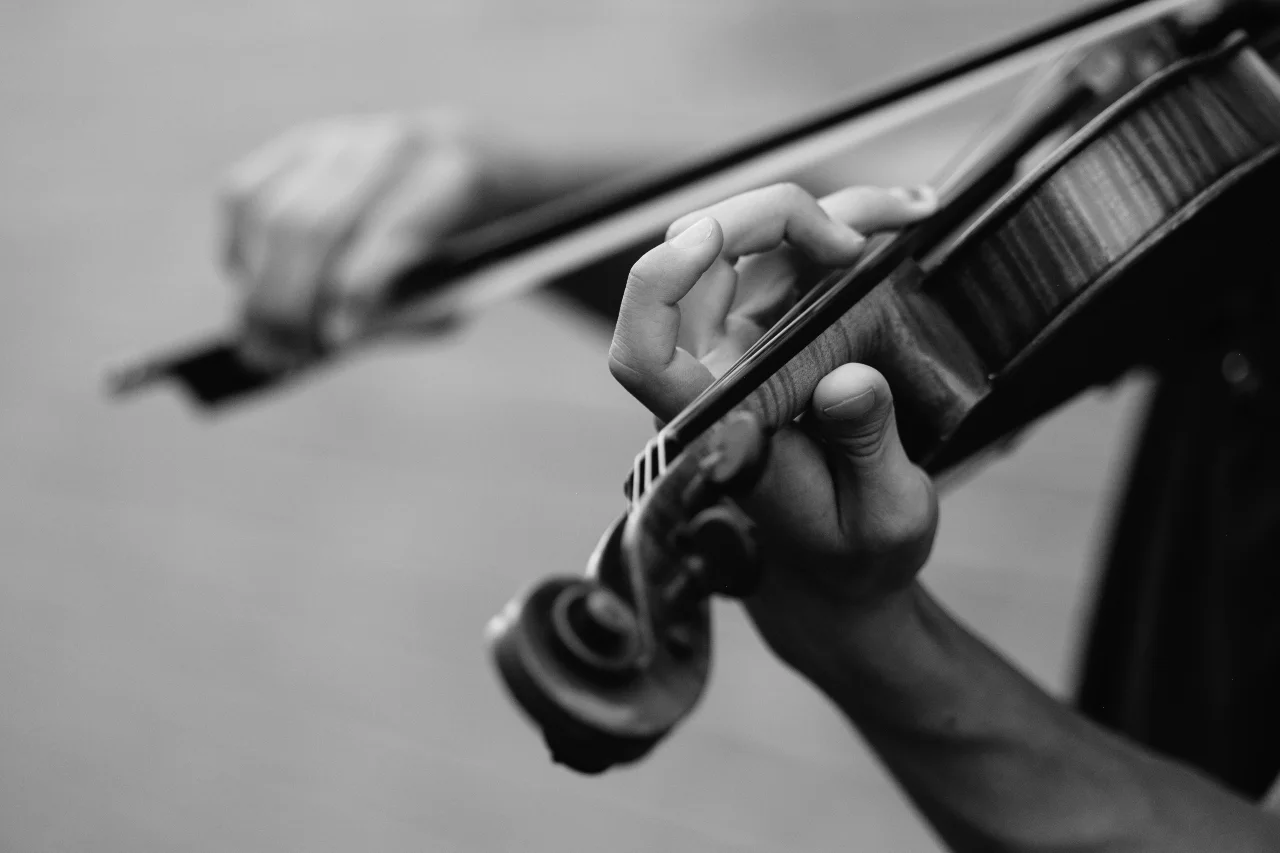Welcome to our blog post, fellow music lovers and aspiring violinists! Have you ever come across a great deal for a violin online, only to realize it was too good to be true? Or have you received an email from a supposed “violin collector” offering you a rare and valuable instrument at a fraction of its worth?
If so, you may have encountered the infamous “fiddle scam”. As musicians ourselves, we understand the excitement and eagerness to find the perfect instrument, but we also know how devastating it can be to fall victim to a scam.
That’s why today, we’re unmasking the fiddle scam and providing you with an insider’s guide to avoid being scammed when searching for a violin. So grab your instrument and let’s dive into the world of violin scams.
Unraveling the Mystery: What Exactly is a Fiddle Scam?
The term ‘fiddle scam’ might sound quaint, but there’s nothing charming about it. It’s a crafty con that involves violins, fondly referred to as ‘fiddles.’ Violins often come attached with a deep-seated sentimentality, not to mention their potential high monetary value. It’s these factors that scammers latch onto, using them as bait to lure the unsuspecting into their trap.
This scam can manifest itself in various guises. One moment you could be hoodwinked into buying a counterfeit or stolen violin. Another time, you could fall for a fraudulent online listing, or worse, be duped by a gross misrepresentation of the violin’s real worth. But don’t worry, by the time we’re done here, you’ll be well-armed to spot these scams a mile away.
The world of violin scams is a twisted labyrinth, but together we’ll navigate it, shining a light on the scammers’ tricks and tactics. Buckle up, as we delve deeper into the dark underbelly of the fiddle scam.
Behind the Curtain: How Does a Fiddle Scam Work?
Peeling back the layers of a fiddle scam reveals a complex game of deception and subterfuge, often orchestrated with meticulous precision. The tricksters running the show, more often than not, masquerade as bona fide violin dealers. Their arsenal of deceit includes instruments flaunting irresistible price tags, skillfully designed to hook your attention.
To lend an aura of legitimacy to their farce, they might display counterfeit labels or concoct false certification papers that seem to vouch for the violin’s authenticity and value. This artful display is meant to blur the line between truth and falsehood, creating a mirage of trustworthiness that can ensnare even the most discerning of buyers.
In the intricate dance of the fiddle scam, every step is calculated, every action meant to draw you deeper into the illusion. The goal? To get you to part with your money without questioning the integrity of the transaction. This labyrinth of deceit is a testament to the ingenuity of fraudsters. However, understanding their techniques gives you a fighting chance to stay one step ahead.
As we continue to unravel the machinations of these scams, you’ll be better equipped to recognize the smoke and mirrors for what they truly are. Stay tuned as we further delve into the red flags of these underhanded dealings.
Deciphering the Red Flags: Identifying Potential Fiddle Scams
Spotting a fiddle scam can feel like searching for a needle in a haystack, but armed with the right knowledge, you can discern the signs. Here are some red flags to watch out for:
Is the price too good to be true? High-quality violins command hefty price tags. If a deal seems too sweet, think twice. A bargain-basement price can be an enticement to lure you into a fraudulent deal.
Are the seller’s credentials sketchy? Genuine violin dealers are often well-established in the musical community with verifiable references and a solid reputation. Be wary if the seller is relatively unknown or seems to have sprung up overnight.
Is the instrument’s provenance unclear? Genuine violins have a traceable history. Be suspicious if the seller is unable or unwilling to provide clear documentation of the instrument’s origin.
Does the label appear altered or counterfeit? Authentic labels inside the violin are a hallmark of its authenticity. Fiddle scammers are known to swap, alter, or fake these labels to deceive buyers.
Are there inconsistencies in the violin’s condition? The condition of a violin can reveal much about its authenticity. Watch for inconsistencies that don’t match the instrument’s supposed age or history.
Has the seller been evasive or pushy? A reputable seller welcomes questions and will patiently address your concerns. Alarm bells should ring if the seller is pressuring you to make a quick decision or avoiding direct answers.
Is the violin only available for online viewing? While online purchases are not unusual, consider it a red flag if the seller denies an in-person inspection of the instrument.
Remember, these red flags don’t necessarily confirm a scam, but they should prompt you to proceed with caution. Armed with this information, you’re one step closer to separating the genuine articles from the frauds. Your journey through the world of violin buying doesn’t have to be fraught with peril. Keep these red flags in mind, and you can navigate with confidence.
Shielding Yourself: How to Avoid Falling Victim to Fiddle Scams?
Dodging the fiddle scam bullet is a game of vigilance and informed decision-making. Start by rolling up your sleeves and diving headfirst into a rigorous research spree about both the seller and the instrument in question. Seek out sellers who are forthright, forthcoming, and willing to furnish exhaustive specifics about the violin’s history and current state.
Don’t just stop at what the seller tells you. Verify their claims independently. For instance, if they claim to be part of a recognized musical community or association, take the initiative to confirm this independently. Check if their name features on the association’s member list or whether they have been involved in any past events.
When inspecting the violin, trust your instincts but back them up with hard facts. Seek the advice of a trusted professional, preferably an experienced violin appraiser or luthier. They can provide an unbiased assessment of the instrument, giving you confidence in your purchase decision.
Also, remember that while online transactions are convenient, they can also leave you vulnerable to scams. Whenever possible, insist on an in-person examination of the violin. Holding the instrument, playing it, even smelling it, can tell you a lot more about its authenticity than a high-resolution image on a screen.
When it comes to communication with the seller, keep your antennae up for any sign of evasion or undue pressure to seal the deal quickly. Transparent, patient, and respectful communication is a hallmark of legitimate dealers. If you feel something is off, it probably is.
Finally, equip yourself with knowledge. Stay updated with the latest scams and methods employed by fraudsters. This way, you can spot the red flags early on, well before you’re emotionally or financially invested in the transaction.
In the world of violin buying, knowledge truly is power. The more you know, the lesser the chances of falling prey to a cunning fiddle scam. So, keep learning, keep asking questions, and most importantly, stay vigilant. After all, you’re not just buying a violin; you’re investing in a piece of art that’s meant to bring joy, not distress.
Turning the Tables: What to Do If You’ve Been Scammed?
In the unfortunate circumstance that you find yourself ensnared in a fiddle scam, swift action is your best recourse. Begin by notifying your local law enforcement authorities. Arm them with all the pertinent details about the fraudulent transaction, including the method of communication, the specifics of the deal, and any documents that were exchanged.
Don’t hesitate to report the incident to the online platform where the deal transpired. Online marketplaces have policies and systems in place to deal with such instances and can assist in resolving the situation. Provide them with all relevant information to facilitate their investigation process.
Also, get in touch with your bank or credit card company, especially if you have transferred money or made a payment. Depending on the situation, they might be able to halt the transaction or even initiate a chargeback.
Consider reaching out to consumer protection agencies in your state or country. These organizations are equipped with resources and personnel to handle such situations and can offer guidance on how to navigate this complex process.
Remember, even though the experience may leave you feeling violated, it’s crucial not to blame yourself. Falling prey to a fiddle scam doesn’t reflect on you, but rather on the scammer’s malicious intent and cunning ploys.
Use this unfortunate incident as a stepping stone to become more vigilant and informed in your future interactions, transforming it into a tool for empowerment rather than a cause for distress.
While it’s disheartening to become a victim of a fiddle scam, remember that you’re not powerless. Take action, seek assistance, and, most importantly, remember it’s not the end of the road. With each challenge comes an opportunity to learn and grow.
So, keep your chin up, your spirit undeterred, and continue your journey in the world of violins, undeterred and wiser.


